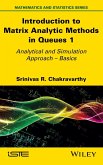
Gebundenes Buch
Analytical and Simulation Approach - Basics
1. Auflage
21. September 2022
Wiley & Sons / Wiley-ISTE
1W786307320
| eBook, ePUB | 126,99 € | |
| eBook, PDF | 126,99 € |
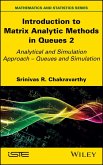
eBook, PDF
9. September 2022
John Wiley & Sons
| Gebundenes Buch | 173,99 € | |
| eBook, ePUB | 126,99 € |
eBook, ePUB
21. September 2022
For Dummies
eBook, ePUB
19. August 2022
John Wiley & Sons
eBook, PDF
4. August 2022
John Wiley & Sons
Ähnliche Artikel
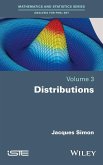

Broschiertes Buch
Eine deskriptive Studie über die Schulwirklichkeit in Panama.
23. Januar 2023
Verlag Unser Wissen
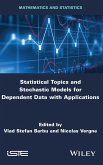
Gebundenes Buch
1. Auflage
3. Dezember 2020
Wiley & Sons / Wiley-ISTE
1W786306030
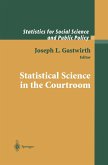
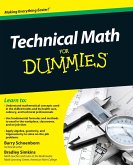
26,99 €
Versandfertig in 2-4 Wochen
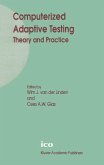
Gebundenes Buch
2000.
31. Juli 2000
Springer / Springer Netherlands
978-0-7923-6425-2
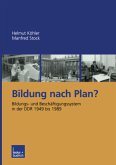
Broschiertes Buch
Bildungs- und Beschäftigungssystem in der DDR 1949 bis 1989
2004
28. November 2003
VS Verlag für Sozialwissenschaften

Broschiertes Buch
Mathematische und naturwissenschaftliche Kompetenzen von Grundschulkindern in Deutschland im internationalen Vergleich
4. Dezember 2024
Waxmann Verlag GmbH
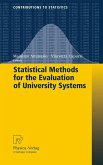
Gebundenes Buch
2011
5. Januar 2011
Physica / Physica-Verlag / Physica-Verlag HD
12756940,978-3-7908-2374-5
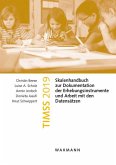
Broschiertes Buch
Skalenhandbuch zur Dokumentation der Erhebungsinstrumente und Arbeit mit den Datensätzen
15. August 2022
Waxmann Verlag GmbH
Ähnlichkeitssuche: Fact®Finder von OMIKRON
